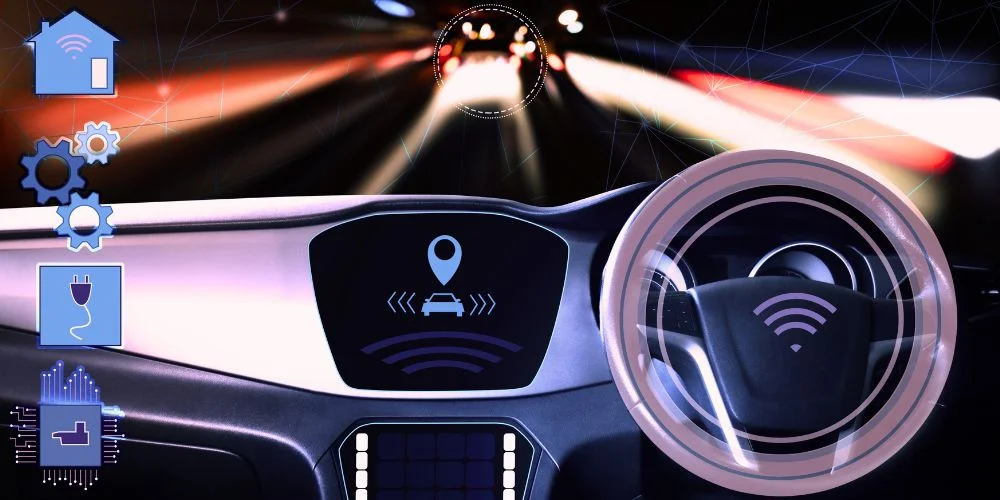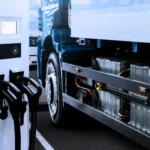Self-driving or autonomous vehicles represent a transformative shift in transportation technology. This comprehensive exploration delves into the fundamentals, components, benefits, challenges, and future trends of self-driving cars, highlighting their potential to revolutionize how we travel and transport goods.
Understanding Self-Driving Cars
Self-driving cars are vehicles with advanced systems that enable them to navigate and operate without human intervention.
Definition and Levels of Autonomy
Self-driving cars are defined by their ability to perform driving tasks autonomously. The Society of Automotive Engineers (SAE) classifies these vehicles into six levels of autonomy, ranging from Level 0 (no automation) to Level 5 (full automation). Level 5 vehicles are entirely autonomous and can handle all driving tasks under any conditions without human input.
Historical Evolution
The concept of self-driving cars dates back to the mid-20th century, with early experiments conducted by General Motors and Stanford University. Significant advancements were made in the 21st century with the development of sophisticated sensors, machine learning algorithms, and high-powered computing, creating fully functional prototypes and commercial models.
Importance in Modern Transportation
Self-driving cars promise to enhance road safety, reduce traffic congestion, and improve mobility for those who cannot drive. They are a critical component of the future smart transportation ecosystem, integrating seamlessly with other technologies such as electric vehicles and smart city infrastructure.
Key Components of Self-Driving Cars
A combination of hardware and software systems enables the functionality of self-driving cars.
Sensors and Cameras
Sensors and cameras provide the vehicle with real-time data about its surroundings. These include radar, LIDAR (Light Detection and Ranging), ultrasonic sensors, and high-definition cameras. They detect obstacles, measure distances, and capture detailed images, allowing the vehicle to navigate safely and accurately.
Artificial Intelligence and Machine Learning
AI and machine learning algorithms process the data collected by sensors and cameras. They enable the vehicle to recognize objects, predict other road users’ behavior, and make real-time decisions. Machine learning models enhance over time by learning from vast driving data.
Navigation and Mapping Systems
Navigation and mapping systems guide the vehicle along its route. These systems use GPS, real-time traffic data, and high-definition maps to plan and adjust the vehicle’s path. They ensure the vehicle reaches its destination efficiently while adhering to traffic laws and avoiding obstacles.
Benefits of Self-Driving Cars
Self-driving cars offer numerous advantages that can significantly impact society and the economy.
Enhanced Safety
Autonomous vehicles are designed to eliminate human error, which is a leading cause of traffic accidents. With their advanced sensors and AI, self-driving cars can react quickly and more accurately to potential hazards, reducing the risk of collisions and improving overall road safety.
Reduced Traffic Congestion
Self-driving cars and traffic infrastructure can transmit with each other, optimizing traffic flow and reducing congestion. They can maintain optimal speeds, follow safe distances, and coordinate lane changes, leading to more efficient use of road space and smoother traffic patterns.
Increased Accessibility
Self-driving cars can provide mobility solutions for individuals who cannot drive, such as the elderly and disabled. By offering reliable and convenient transportation options, they can enhance independence and improve the quality of life for these populations.
Challenges in Developing Self-Driving Cars
Self-driving cars face several technical, regulatory, and ethical challenges despite their potential.
Technical Limitations
Current autonomous systems are limited in handling complex driving environments, such as adverse weather conditions and unpredictable road users. Ensuring the trustworthiness and robustness of these systems in all scenarios remains a significant technical challenge.
Regulatory and Legal Issues
The deployment of self-driving cars needs a clear regulatory framework to ensure safety and liability. Governments and regulatory bodies want to establish standards and guidelines for testing, certification, and operation of autonomous vehicles, addressing data privacy and cybersecurity concerns.
Ethical Considerations
Self-driving cars raise ethical questions related to decision-making in critical situations. For example, how should an autonomous vehicle prioritize the safety of its passengers versus pedestrians in unavoidable accidents? Developing ethical guidelines and decision-making frameworks is crucial for addressing these dilemmas.
Future Trends in Self-Driving Cars
The future of self-driving cars is shaped by ongoing advancements and emerging trends that promise to enhance their capabilities and adoption.
Integration with Smart Cities
Self-driving cars will play a pivotal role in the development of smart cities. They will integrate intelligent transportation systems, traffic management solutions, and urban infrastructure to create a connected and efficient urban mobility ecosystem.
Advances in AI and Machine Learning
Continued advancements in AI and machine learning will improve the decision-making and adaptability of self-driving cars. More sophisticated algorithms and neural networks will enable these vehicles to handle increasingly complex driving scenarios with greater precision and reliability.
Expansion of Autonomous Fleet Services
The rise of autonomous fleet services, such as self-driving taxis and delivery vehicles, will transform transportation and logistics. These services will offer cost-effective and efficient solutions for urban mobility and last-mile delivery, reducing the need for private car ownership and lowering transportation costs.
Conclusion
Self-driving cars represent a revolutionary advancement in transportation technology. By understanding their principles, components, benefits, challenges, and future trends, we can appreciate their potential to transform how we travel and transport goods. Despite technical, regulatory, and ethical challenges, ongoing innovations and emerging trends promise to enhance the capabilities and adoption of self-driving cars, paving the way for a safer, more efficient, and more connected transportation future. As research and development continue to push the boundaries of what is possible, self-driving cars are poised to become a cornerstone of modern transportation, driving us toward a new era of mobility and connectivity.










